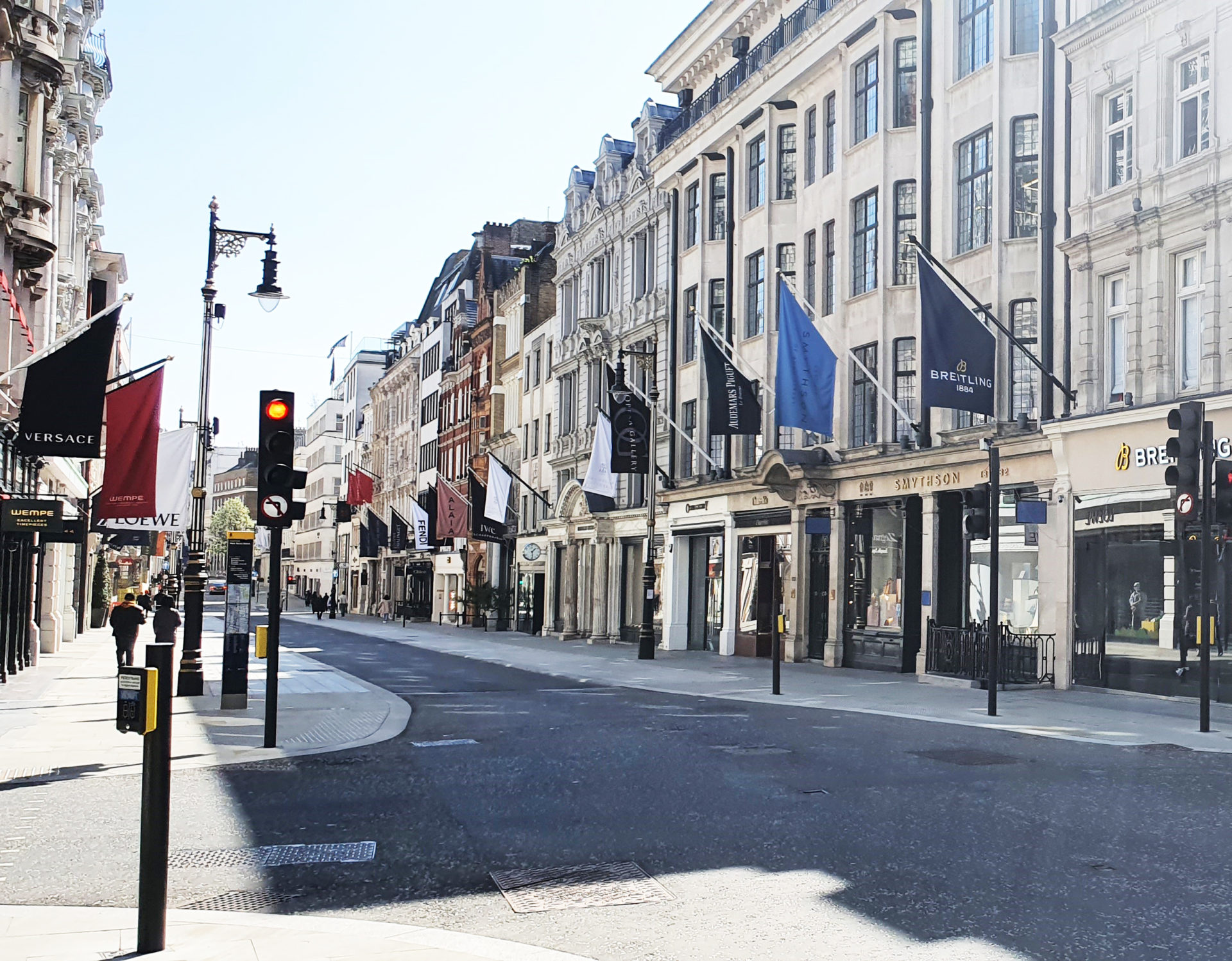Despite a temporary spike in activity in the 24 hours after Freedom Day, retail footfall has settled back at worse than 30% below 2019 levels for most destinations.
Footfall across the whole of July was weaker than in June, according to analysis by Springboard.
Footfall declined from 2019 levels by 30.5% in high streets, 30.2% in shopping centres and 4.2% in retail parks.
Footfall rose by 16.5% on July 19, dubbed Freedom Day, from the same day in the week before, but it dropped away so the week ended just 3% up.
Springboard suggests footfall was impacted by incredibly hot weather in the week of Freedom Day followed by rain the following week and the pingdemic sending millions of people into isolation.
“Whilst there was a clear uplift in activity on Freedom Day, it was not sustained and dropped away to a very modest week on week increase that averaged around +1% on the following days of the month,” says Diane Wehrle, marketing & insights director at Springboard.
As the pandemic wanes, two long term trends remain. Tourists are staying away and fewer domestic customers are doing their shopping at brick and mortar stores.
“The longer term impact of Covid on stores and destinations is becoming ever clearer as we track the vacancy rate each quarter. The latest survey has identified that a greater number of stores are shutting their doors permanently; the UK vacancy rate rose once again to 11.8% in July from 11.5% in April, when it had improved from 11.7% in January, and it is now at its highest level since April 2013,” reveals Ms Wehrle.

